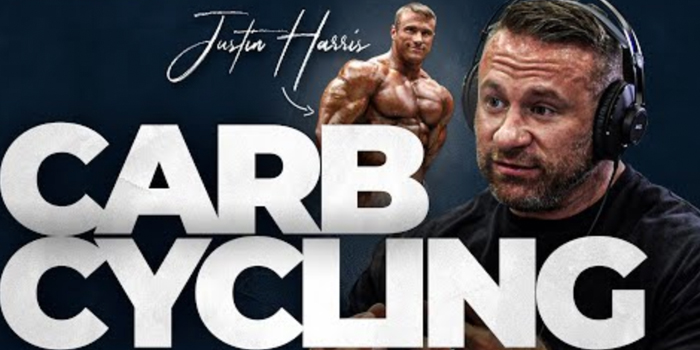
“Before you share some of the common mistakes you see with carb cycling, could you explain what carb cycling is for some beginner who has not heard of it?”
Nutritionist Justin Harris explains that carb cycling is really just a fancy phrase for rotating calories.
In order to lose weight, you need to eat fewer calories than you burn, but the problem with that is it makes you hungrier and will eventually slow down your metabolism.
Let’s have three points representing the number of calories you eat each day: Point A, B, and C.
Point A has the highest number of calories, Point C has the lowest, and Point B is in the middle.
You start off at Point A. You don’t lose any weight at Point A. You then drop to Point B. You’ll lose a little bit of weight at Point B. Most of your days will be at Point B. A couple of days a week, you’ll drop down from Point B to Point C. At Point C, you’ll lose a lot of calories and fat.
The problem is that when you dropped from Point A all the way down to Point C, your base metabolism dropped, too. Before letting your base metabolism drop to catch up to Point C, you’d want to bring the calories even higher than they were at Point A, which resets your metabolism.
It makes sense from an evolutionary perspective. Thousands of years ago, if we ate fewer calories, that was usually due to something like a famine.
“Your body thinks, ‘Oh, I’m not getting enough calories. There must not be any wooly mammoths to kill. We’d better slow our metabolism down so we don’t die. What the high carb day does is basically say, ‘Hey, we haven’t eaten very much. We need to start fixing things. Are there no animals to kill?’ Then we put that high carb day in, and the body goes, ‘Oh, OK, there’s a bunch of animals to kill. We must’ve just been lazy, we don’t have to slow our metabolism down.’”













